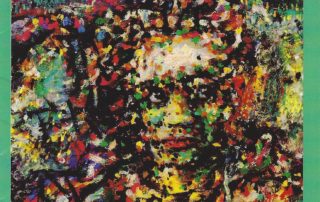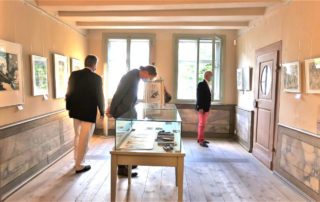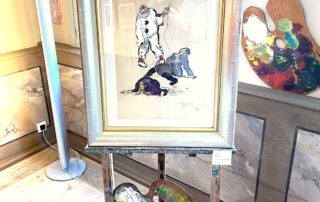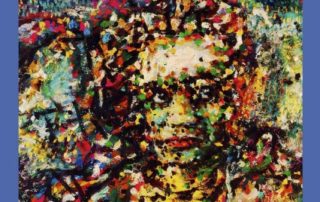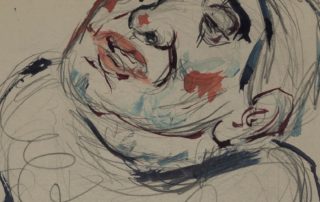2020 – Rachel Stern (Ed.)
Fritz Ascher. Poesiealbum 357
Ascher composed, wrote, drew and painted: Between 1942 and 45 - three long years - he hid from the persecution of the fascists in the basement of a bombed-out house in Berlin-Grunewald. Immobility, loneliness and hunger as well as the fear of betrayal and discovery, torture and death did not leave him during this time. In this situation he found poignant words for his “unpainted pictures”. He conveys both the intensity of his thought processes and his sensitivity for - and his use of - words as well as their nuances and sound patterns. Above all, he demonstrates the indomitable spirit of the artist Fritz Ascher, which no circumstance, regardless of the medium, can prevent from creating with vehement and [...]


